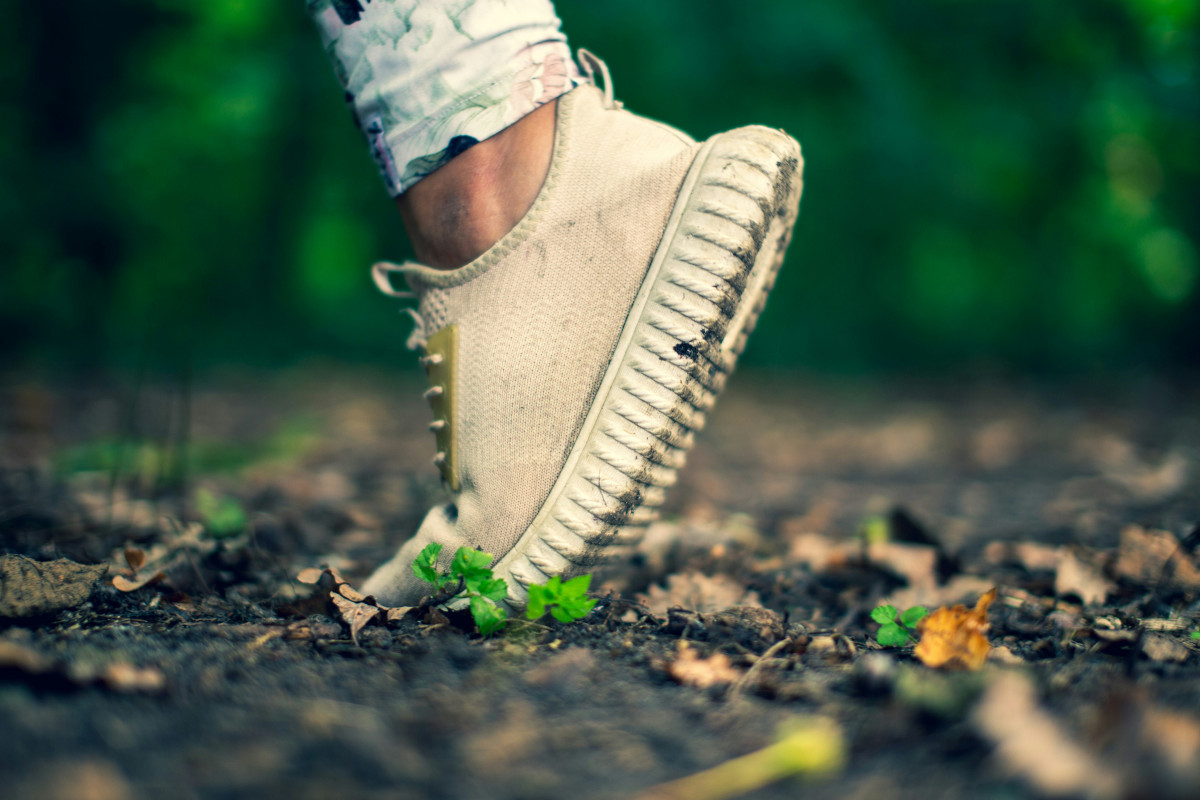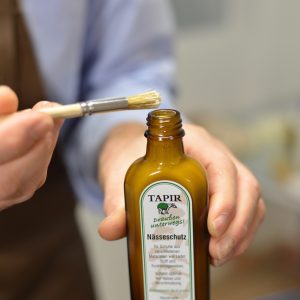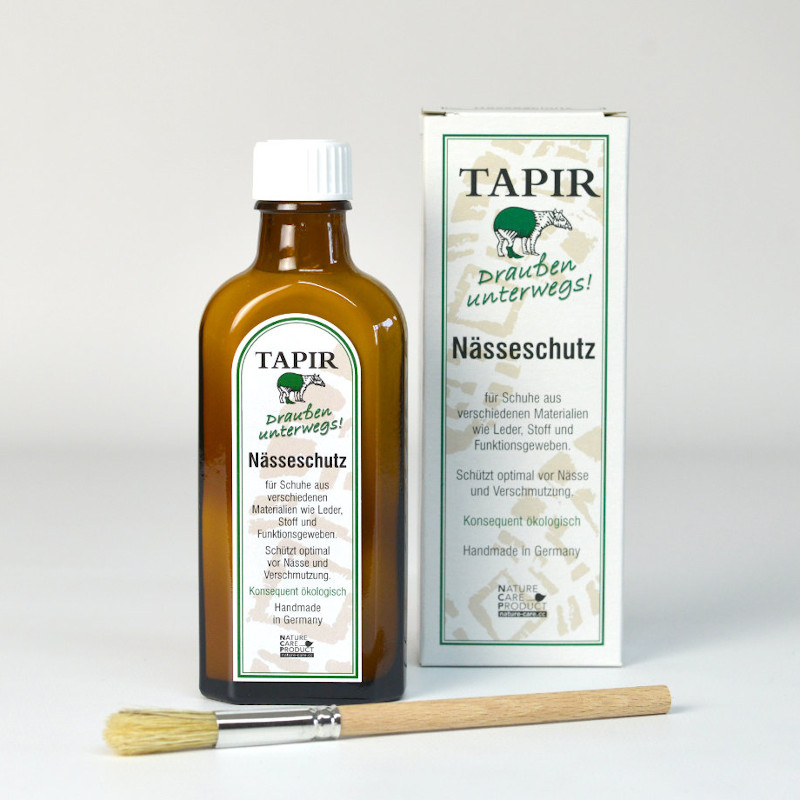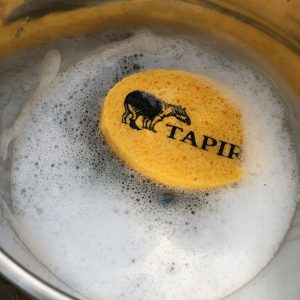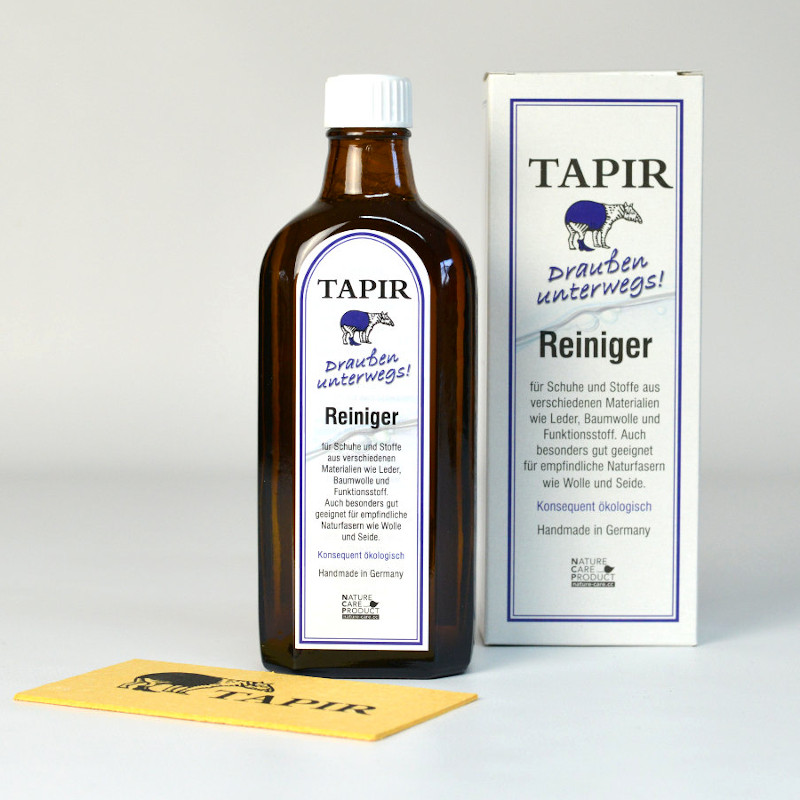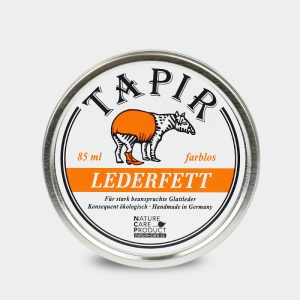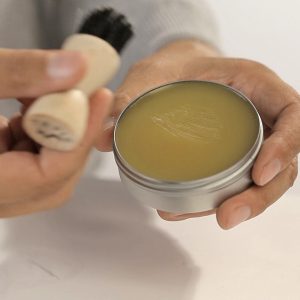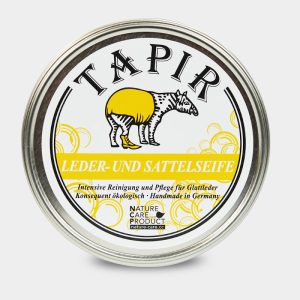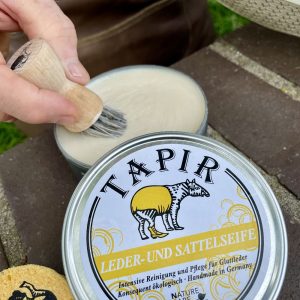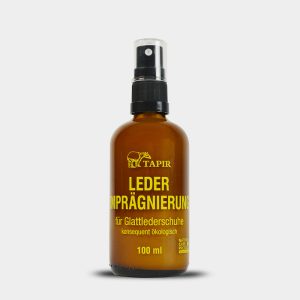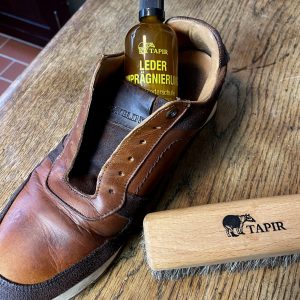Uncategorized
How to take care of your training shoes
How to take care of your training shoes and hiking boots
Proper shoe care is an investment in function and durability. So next time you take your shoes off after a workout, give them a few extra minutes of care. Your feet, shoes and wallet will thank you.
Shoes that are properly cared for feel better and last longer. Taking care of the shoes you use for training and hiking is no big deal – but it makes a big difference. By cleaning, drying, airing and waterproofing them regularly, you can make them last twice as long. This saves you money and the environment, and avoids shoe chafing, bad odors and wet feet.
Shoes are more than just something you put your feet in. They carry you through runs, hikes, walks and everyday adventures. And whether you lace up your running shoes for a walk in the park, your hiking boots for a walk in the woods with your dog, or your boots for a strenuous hike in the mountains, it’s worth taking the time to look after them afterwards. Caring for your training shoes properly is not just about making them look good – it’s also about comfort, function, economy and durability.
Shoes wear out – but how and why?
Shoes are subject to great stress. They have to endure rough surfaces, friction and moisture from both inside and outside. It doesn’t matter how expensive or well-built the shoes are – they wear out. Training shoes are subject to impact, dirt, sweat and friction when you walk or run. And the surface has a big impact on the sole, whether it’s asphalt, gravel, clay, stone or grass you’re walking on. The weather also affects your shoes – sun, rain, sleet and snow all wear them down. Even the weakening material inside the midsole wears out if the shoes are exposed to a lot of heat and moisture. The wear and tear on your shoes is both visible and invisible, and if you don’t pay attention, your shoes can lose their function long before they look particularly worn.
The parts of your shoes that wear out
The cushioning in the sole gradually loses its ability to absorb shocks. It is not always visible on the outside, but leads to increased stress on the feet, knees and hips.
The outsole wears down where you put the most strain – usually at the heel and towards the front of the toes. This can lead to poorer grip and uneven walking or running.
The upper of the shoe may crack, stretch or wear where the foot bends or the laces tighten. Hiking boots, which are often made of leather, can also dry and crack if not treated properly. Hiking boots are also subject to wear and tear on the seams, leather, lining and membranes that keep moisture out.
Moisture the biggest culprit
Wetness comes both from outside through rain, puddles, wet paths and snow, and from inside through sweat. A pair of feet has around 250 000 sweat glands. The amount of sweat produced depends mainly on how hot it is outside, how tight the shoe is and the activity you are doing. In fact, feet can sweat up to one deciliter per hour, per foot! If not properly ventilated, moisture can cause bacteria, mold, odors and material degradation.
Valfrids has products to help you take care of your shoes and boots – without solvents, “everlasting chemicals” or other nasties.
Our chemical-free impregnation Tapir Nässeschutz is used to impregnate and protect sneakers, running shoes, children’s shoes, hiking boots, hunting boots and more, both leather, fabric and functional materials. Also for e.g. backpack or gloves.
Tapir’s series Draußen unterwegs! roughly means “out and about!”. A series of products developed for the special requirements of outdoor life.
How to take care of your training shoes
Training shoes are built for activity and speed – but they also need rest. Give them a bit of love in between sessions and they’ll last longer and feel fresher. The choice of material varies depending on the purpose of the shoe (e.g. running, tennis, football, gym training), the price range and the brand.
1. clean directly
Brush off dirt with a soft brush or wipe with a damp cloth. If your shoes are really dirty, you can use lukewarm water and a mild detergent. Do not wash your training shoes in a washing machine, as this can damage the sole, bonding and cushioning.
2. ventilate properly
After each session, you should remove the insole and put the shoes in an airy place. Let them dry at room temperature with good ventilation. Avoid direct sunlight and heating elements – these can dry out materials and make them brittle.
3. Combat bad odors
Smelly shoes are not pleasant. If your shoes start to smell of sweat, you can sprinkle some bicarbonate of soda in them overnight. In the morning, just shake out the powder. The longer they stand with bicarbonate, the better the result.
4. Rotate between different pairs
If you exercise several times a week, it’s a good idea to have at least two pairs of training shoes to vary between. This gives your shoes time to dry completely between wears, which both extends their lifespan and reduces the risk of them smelling bad.
Tapir Cleaner is used to clean shoes made of fabric and synthetic materials, especially for sneakers, running shoes and hiking boots made of fabric, canvas, nylon, gore-tex and other materials.
How to take care of your hiking boots
Shoes and boots designed for hiking are often more expensive and more robust than training shoes – but also more exposed to stress. Whether they’re leather or synthetic, they should be able to withstand long journeys over rough terrain, but they can’t do just anything without the right care.
1. clean directly
Remove mud and other dirt immediately after hiking before it has time to dry into seams and materials. Rinse gently with lukewarm water and a mild detergent. Brush clean with a soft brush. Take extra care around shoelaces, sole edges and where fabric meets leather.
2. wipe gently
Take out the insoles and loosen the laces to allow air to circulate. Put your boots in an airy place and stuff them with newspaper – it will soak up the moisture from inside. Never dry your boots in front of a fire, on a radiator or in a drying cabinet – too much heat can destroy the shape and material of the shoe.
3. Take care of the leather
Leather needs extra care. Never let leather dry out completely – it will crack. Use nourishing organic leather grease and massage it in after cleaning and drying. The grease preserves mobility and makes the shoe more water resistant.
4. impregnate regularly
It is important to restore the boots’ protection against wetness. Use a waterproofing spray designed for synthetic materials or leather. Always apply waterproofing when the shoes are completely dry.
Store correctly
It is important to store both training shoes and hiking boots properly when not in use. Don’t leave your shoes locked up in a bag or plastic bag for a long time, as this will seriously damage them. As well as starting to smell bad, materials also deteriorate in such a humid environment. Your shoes should be stored in a dry, cool and airy place to keep them comfortable and allow them to dry out between uses. Feel free to put shoe blocks in them to keep their shape. It is particularly important to think about storage if you are going to take a break from training for a longer period of time, for example over winter or between seasons.
Choose care by material
The type of material not only affects comfort and function, but also how you best care for your shoes. Many hiking boots are made entirely or partly of leather. Training shoes are usually made up of a combination of different materials that together are designed to provide comfort, support, durability and good breathability. Many brands also use recycled materials to reduce their environmental impact. Always check the shoe care instructions from the manufacturer, as some brands may have specific recommendations.
Valfrids products
With the right care, your shoes will not only last longer – they will also perform better, smell fresher and give you a better experience every time you wear them. And with the right products, you’ll be well equipped to take care of all types of training shoes. Valfrids has good shoe care products against odor, moisture, dryness and dirt. All the products are natural and fragrant – completely harmless without petrochemical solvents. Cleaning agents and impregnations are available for synthetic materials, textiles, suede and leather. There are also a number of special products for leather – browse through soaps, oils, creams, conditioners and greases. And don’t forget bicarbonate of soda – a must for all types of trainers, whatever the material!

